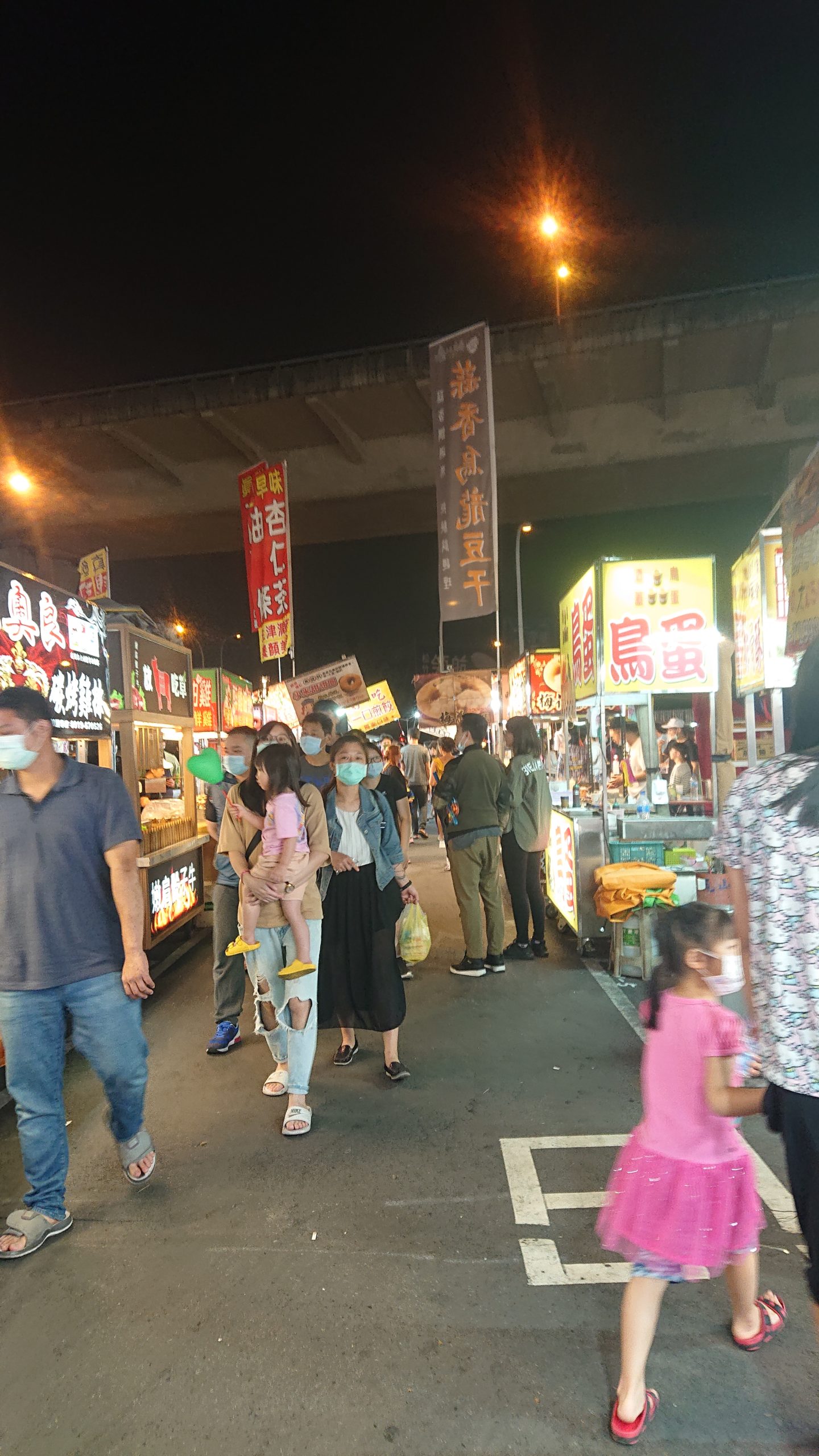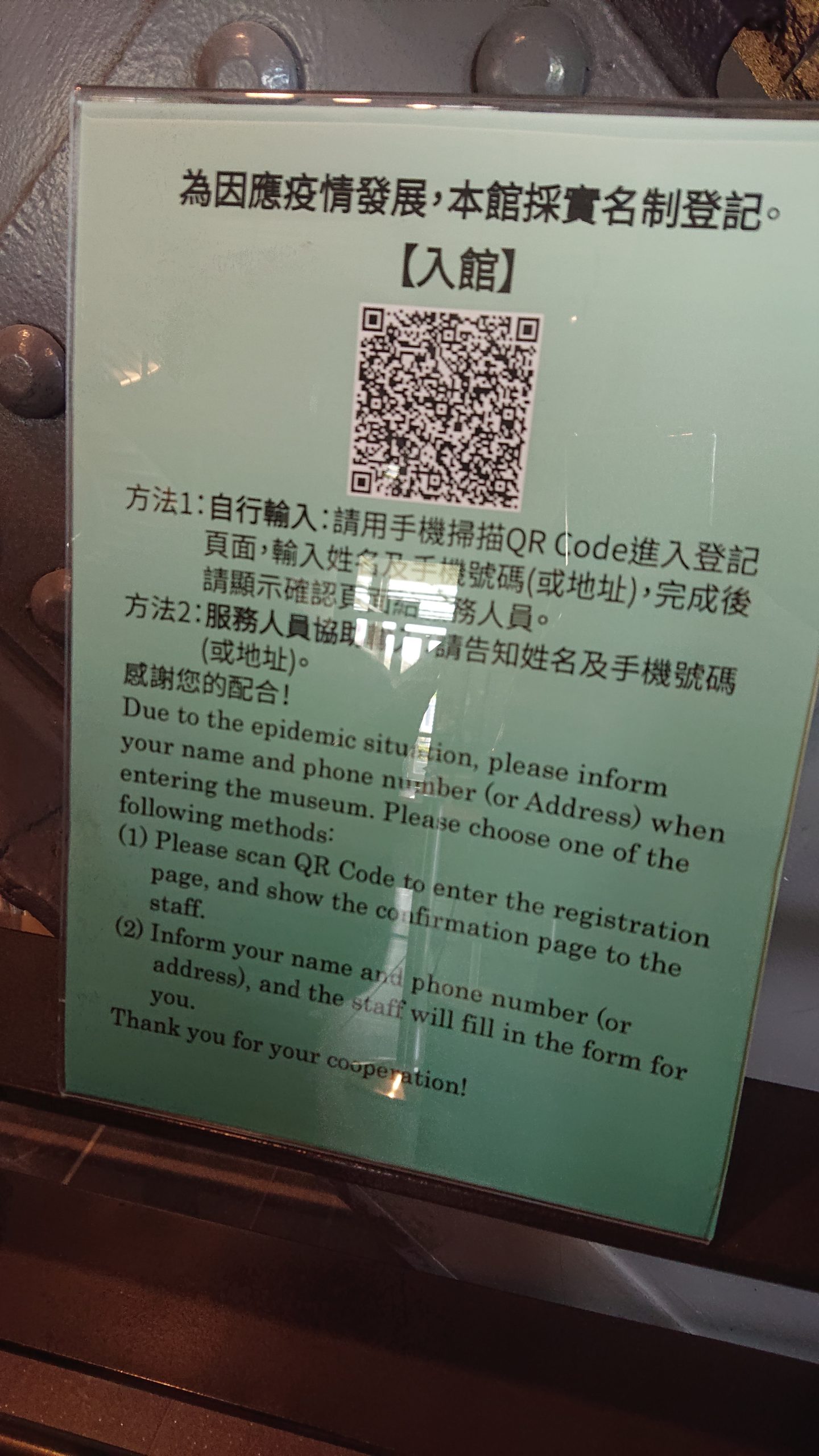
I gave a talk yesterday for WorldOregon on COVID-19, and what we know about it’s origins and spread, as compared to conspiracy theories. What you might not know when you watch this is that I wrote a talk before asking how long it should be. So I wound up having a fifty minute talk for a twenty minute delivery. Throughout the whole talk I was trying to summarize. My bad. But I had a good time and enjoyed hearing the questions. Thanks WorldOregon!
Interestingly, one of the countries that seems to have done an especially successful job containing virus (at least at the time of this writing on April 22, 2020) is Taiwan, as is discussed in this Foreign Policy article. Why is it that nations like Vietnam and Thailand -which are relatively poor- have done such an amazing job containing the virus to this point? These are nations that have a great deal of tourism with China. South Korea had a grave outbreak early on, but was able to get the outbreak under control. As I write these words, Taiwan did not report any new cases yesterday. The fact is that many wealth countries -Spain, Italy and the United States- have been devastated by the virus. Some smaller or poorer countries have done much better. Why? While it’s too early to know, people in public health to date tend to focus on testing and contact tracing.
Testing in the United States was a debacle, and the US has lagged far behind many other countries in this area. Instead, the U.S. also over-relied on closing borders to successful countries. We now know enough about the phylogenetics of the virus in New York to know that this state’s outbreak may largely have been seeded from Europe. The fact is that closing the border to specific nations is not enough to stop a pandemic. The virus quickly was circulating in other areas. While quarantines can be useful tools for small island nations (New Zealand), remote Indigenous communities (Alaska, northern Canada or the Australian outback), it’s an all or nothing proposition. You cannot isolate yourself from a virus in a pandemic by limiting travel from one particular nation. That’s particular true if you allow your own nation’s citizens to come home from those countries without either testing or self-quarantine. A virus does not recognize citizenship or race, and does not know what a border is.
Perhaps because of the failure of testing, and the focus on borders, contract tracing wasn’t really a focus in the United States to the same extent as in some Asian countries. After all, without testing, how do you do enough contact tracing? This meant that countries with limited resources have until now done a better job fighting the virus, at least at this moment in April 2020. It’s important to note that even the countries with the best systems, like Singapore are struggling. Still, it’s clear that there needs to be a philosophical shift in how some rich countries respond. I would suggest that a fundamental problem has been hubris. The US and Europe assumed that because of their technology and hospital systems that this could not happen here in the same way that it happened in China or South Korea. They also did not think that they needed to model their response on nations in Asia, and that they had nothing to learn from these countries. If we are to move forward, we need to learn from the examples of the nations that have done the best job containing the virus.
If you are interested in hearing more about global topics, please listen to my podcast, Dispatch 7: global trends from all seven continents. You can find it on Spotify here, or by searching whichever podcast platform you prefer.

